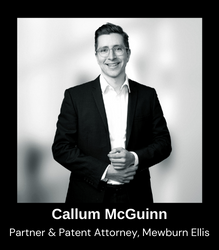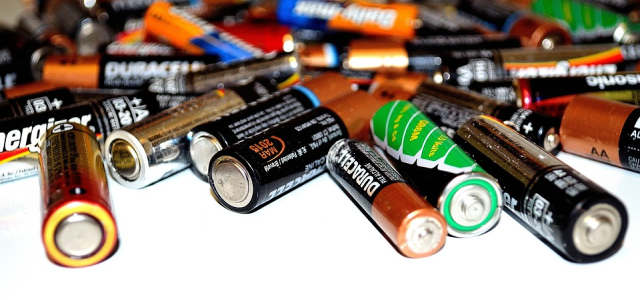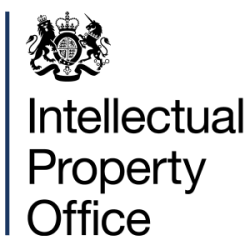 Every aspect of the battery lifecycle is experiencing innovation which is pushing batteries towards being arguably the most important technology of the 21st century. For this reason, our recently published Battery Insights & IP Trends special report analyses developments throughout the whole battery lifecycle.
Every aspect of the battery lifecycle is experiencing innovation which is pushing batteries towards being arguably the most important technology of the 21st century. For this reason, our recently published Battery Insights & IP Trends special report analyses developments throughout the whole battery lifecycle.
At the molecular level, cutting edge materials deep within batteries are creating benefits such as improved cell capacity, reduced electrode volume expansion, higher power and the all-important reduction in manufacturing costs. Meanwhile, improvements in efficiency of cell manufacture and disassembly for recycling are helping pave the way towards a circular economy of batteries.
MXenes are one example of a wonder-material opening up new avenues of research for battery anodes. As our report explains, these 2D materials conduct electricity and provide an interlayer spacing wider than that of graphite, facilitating the intercalation of ions larger than lithium and opening the door to entirely new battery chemistries.
There of course remain many ongoing challenges, and our report grapples with some of these too. Can we look to alternative chemistries to exceed the energy density limit of Li-ion batteries? What part will solid state batteries play in energy storage solutions of the future? How can we best put batteries to use to get the most out of our renewable energy sources? We consider these and other complex questions facing the industry right now.
The battery lifecycle will never be truly circular unless we put much-needed investment into developing sustainable end-of-life solutions for batteries. Our report looks into the current end-of-life offering and how policy and regulation is shaping both the fate of spent batteries and the focus of battery R&D itself.
To shed further light on the trajectory of research in the battery area, we have conducted proprietary research uncovering some interesting trends in the filing of battery-related patent applications. By searching under the H01M main CPC group (processes or means, e.g. batteries, for the direct conversion of chemical energy into electrical energy), we present data which reveals:
- the top 10 applicants for European battery patents over the last decade;
- the trend in both filings and grants of European patent applications over the last decade;
- which countries are leading the way in battery innovation; and
- the patent filing strategies of businesses in the battery area.
A particularly interesting trend revealed by the data was the unexpected fall in the number of granted European patents in H01M since 2018. A consistent decrease in patent grants is evident year-on-year since 2018, despite the number of published applications heading in the opposite direction. Picking apart the factors underlying this trend is of course difficult. We expect that the increasing interest in the battery area and the resultant saturation of the patent landscape may play a part, as may the evolving patent filing strategies of burgeoning battery businesses. Although internal factors at the EPO may also feed the trend, this seems less likely since the same 2018-2022 trend is not seen across all fields of technology.
We can now share some further exclusive research with Patent Lawyer readers. It was our suspicion based on discussions with others working in the battery industry that battery businesses are not fully utilising the EPO’s opposition procedure to challenge competitor rights. The data seems to support this: for European patents granted from 2012-2021, an average of only 1.16% of patents in the battery field (H01M) were opposed, and the year-on-year percentages are flatlining. This compares with an average of 4.55% for the same period when oppositions against patents granted in the field of medicinal chemistry (A61P).
Given the rising global interest in battery tech over the last few years and the exponential growth of companies such as CATL, it is perhaps surprising that we aren’t yet seeing a corresponding rise in toe-treading at the EPO. It remains to be seen whether the big players in the battery field begin to worry more about third-party rights as they continue to build their gigafactories and jostle for pole position over the next 10 years.
Written by Callum McGuinn, Partner, Patent Attorney at IP law firm Mewburn Ellis











